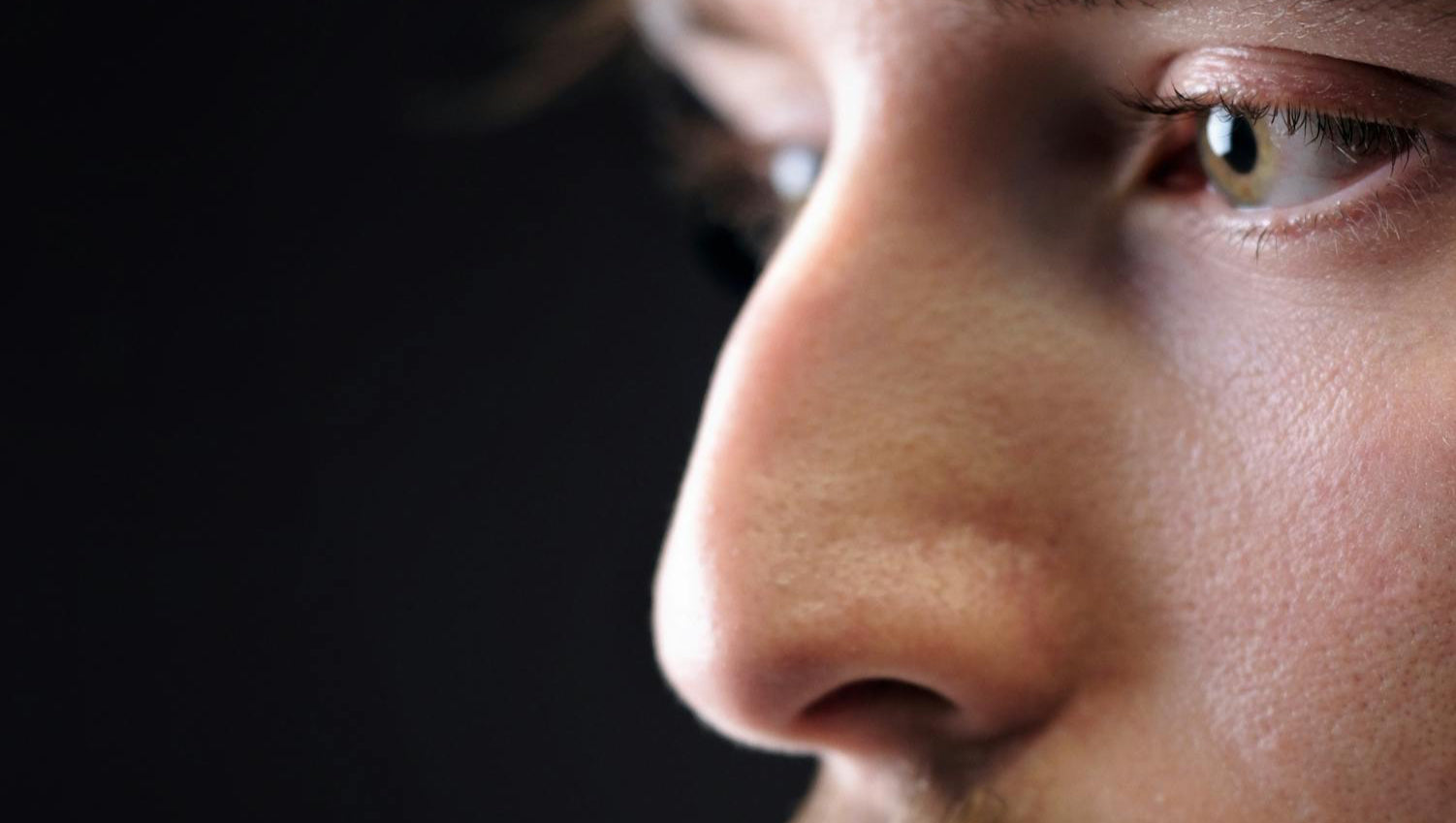
Dermal Filler Rhinoplasty
This cosmetic procedure offers a non-surgical option for enhancing the appearance of the nose. It is designed to provide subtle improvements to profile balance and overall facial harmony, without the need for invasive surgery or significant downtime.
Results vary from person to person, and all treatments are tailored to individual goals following a consultation.
Share
Liquid Rhinoplasty (Non-Surgical Nose Job)
What Is the Procedure For?
Liquid rhinoplasty is a non-surgical aesthetic procedure that uses dermal filler to reshape and refine the appearance of the nose. It is ideal for correcting minor asymmetries, smoothing nasal humps, lifting a drooping tip, or creating a more balanced nasal profile—without the downtime of traditional rhinoplasty.
This Treatment is Ideal for Those Who:
-
Have a dorsal hump or nasal bump they wish to smooth
-
Want to improve symmetry or correct a crooked nasal bridge
-
Desire a subtle lift of the nasal tip
-
Are seeking to enhance profile harmony without surgery
-
Want a reversible, temporary solution before committing to permanent surgical changes

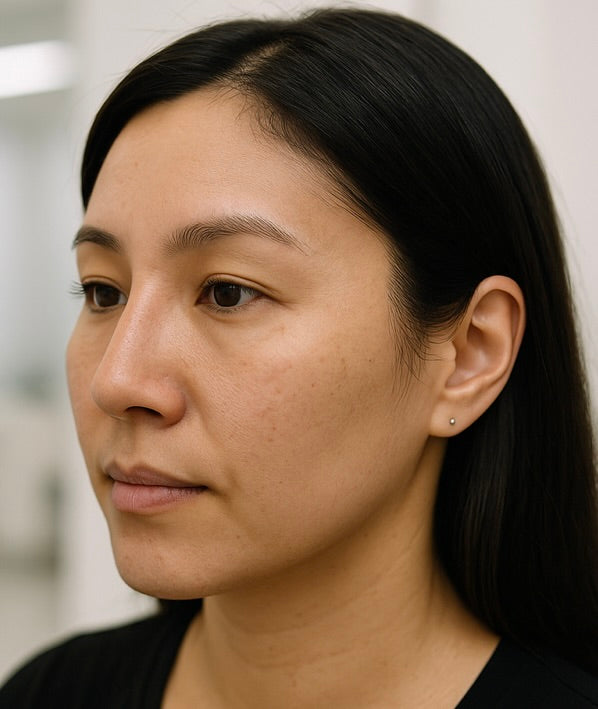
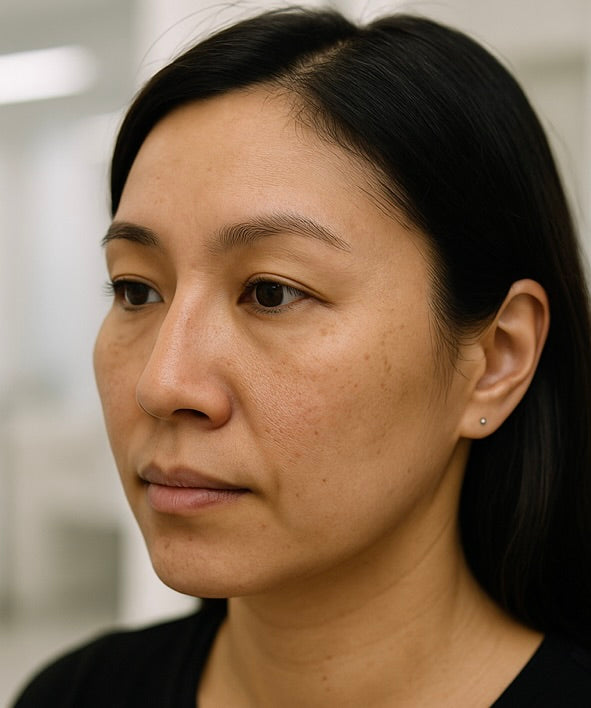 Before
Before
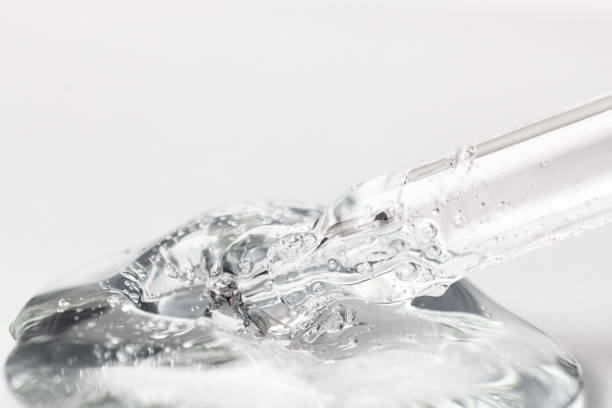
This non-surgical cosmetic procedure is designed to enhance the appearance of the nose by carefully adding volume in targeted areas. The aim is to achieve improved profile balance and a more refined overall look without the need for invasive surgery.
Subtle changes can often be seen soon after the procedure, though results vary depending on individual factors. All treatments are tailored to personal goals following a consultation.
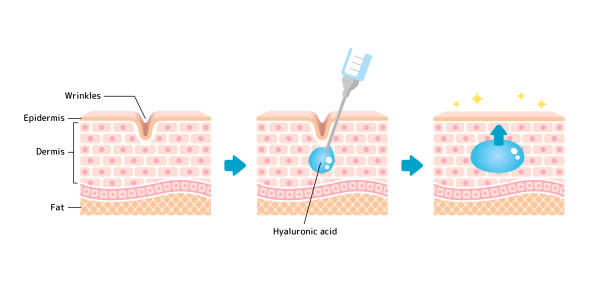

Cannula vs. Needle Technique:
- Needle: Offers precise control for dorsal height and contouring; commonly used over the midline
- Cannula: Used to reduce risk of vascular complications, especially in areas with high vessel density; ideal for patients prone to bruising
- The technique is determined based on individual anatomy and injector experience
Understanding Cross-Linking in Filler Products:
- Heavily cross-linked fillers (e.g. Juvederm Voluma, Teoxane Ultra Deep) are used for structural support and shape retention
- High-density fillers maintain projection and contour under the mobile nasal skin for up to 12–18 months
- Less cross-linked or softer fillers are avoided due to risk of spread and loss of definition
What to expect from your procedure:
-

Treatment Duration:
30–45 minutes, including consultation and marking
-

Pain Level:
Mild to moderate; topical anaesthetic and lidocaine-containing fillers are used
-

Downtime:
Minimal; mild swelling or redness may last 1–3 days. Bruising is possible
-

Results Seen:
Immediately, with refinement over the following 1–2 weeks
-

Longevity:
12–18 months depending on filler type and individual metabolism
Is This Treatment Right for You?
This non-surgical cosmetic procedure may be suitable for clients who:
- Would like to enhance the appearance of their nose without surgery
- Prefer a non-invasive approach with minimal downtime
- Are seeking subtle changes to support overall profile balance
Treatment Information
All treatments begin with a detailed consultation to understand your goals and ensure suitability. We only use carefully selected products from reputable manufacturers, tailored to your individual needs.
Pricing is provided during your consultation once your personalised treatment plan has been discussed.
At Haus of Ästhetik, treatments are always performed by appropriately qualified professionals in a safe and supportive setting.
Book your consultation today and experience the confidence-boosting benefits of treatments at Haus of Ästhetik.
Frequently Asked Questions
What are dermal fillers made of?
Most dermal fillers used at Haus of Ästhetik are made of hyaluronic acid (HA), a naturally occurring substance in the body that helps retain moisture and add volume to the skin.
What areas can dermal fillers treat?
Fillers are used to treat a range of areas including lips, cheeks, chin, jawline, temples, nasolabial folds, marionette lines, tear troughs, hands, and even non-surgical rhinoplasty.
How do I prepare for a dermal filler appointment?
Avoid alcohol, aspirin, and NSAIDs (e.g., ibuprofen) for 24–48 hours before treatment to reduce the risk of bruising. Stay hydrated, and come with a clean face free of makeup.
Is local anaesthetic used during the treatment?
Yes. All our dermal fillers contain lidocaine for comfort. In addition, we apply a prescription-grade topical anaesthetic (10% lidocaine), which is significantly stronger than over-the-counter LMX or EMLA creams.
What is the benefit of using 10% lidocaine topical anaesthetic?
Our high-strength lidocaine offers faster onset and deeper numbing, ensuring a more comfortable experience for our patients.
Is the procedure painful?
Discomfort is minimal. The combination of topical anaesthetic and lidocaine in the filler significantly reduces pain. Cannula techniques also help minimise trauma.
How long do dermal filler results last?
Longevity depends on the treatment area and filler used, but results typically last between 6–18 months.
How long does the treatment take?
Most procedures take 30–45 minutes, including consultation and aftercare advice.
Are results visible immediately?
Yes, most patients will see results immediately post-treatment, though full results will settle after 3–7 days once swelling subsides.
If so how much swelling occurs?
On average at the time of hte procedure there will be around 30% swelling onto of the effects of the filler procedure.
What’s the difference between needle and cannula techniques?
Needles are used for precision, especially in smaller areas. Cannulas allow for less trauma, fewer entry points, and reduced bruising, ideal for larger areas.
Are there side effects?
Common side effects include redness, swelling, bruising, or tenderness at injection sites. These are usually mild and resolve within 3–5 days.
What should I avoid after treatment?
Avoid touching the treated area, wearing makeup for 12 hours, strenuous exercise for 24–48 hours, and alcohol for 24 hours.
Is the Clinic Equipped to manage a Vascular Occulsion (VO)
The clinic holds the required stock to reverse a Vascular Occlusion if it did happen to occur. The clinical staff are trained to, assess, treat and manage a VO if it was to occur.
Can I fly after dermal fillers?
We recommend waiting 24–48 hours before flying to allow initial swelling or bruising to settle and to monitor for any delayed reactions.
Are dermal fillers reversible?
Yes, hyaluronic acid-based fillers can be dissolved using hyaluronidase. This is used for medical or aesthetic correction.
Are dermal fillers safe?
When administered by qualified medical professionals, dermal fillers are considered very safe. All treatments at Haus of Ästhetik are performed by trained injectors.
What is the aftercare for dermal filler?
We advise keeping the area clean, avoiding heat (sauna/steam), and following personalised advice given by your practitioner. Ice packs can help reduce swelling.
Can I combine dermal fillers with other treatments?
Yes. Many patients combine fillers with anti-wrinkle injections, skin boosters, microneedling, or LED therapy for comprehensive rejuvenation.
Will I look overfilled or unnatural?
Our approach focuses on subtle, natural-looking enhancements tailored to your facial anatomy. We never overfill or compromise aesthetic harmony.
Can I wear makeup after my filler treatment?
It is best to wait at least 12 hours post-treatment before applying makeup to reduce the risk of infection.
How many syringes will I need?
This varies by treatment area and individual goals. Some patients need as little as 0.5 ml, others may require 1–3 ml per session, where there is significant loss, ml's in the range of 7 -17 ml per treatment is not uncommon. Your practitioner will guide you.
What happens if I bruise?
Bruising is a common and temporary side effect. Arnica cream, ice packs, and avoiding blood thinners pre-treatment can help minimise this.
Will I need a follow-up appointment?
Some patients benefit from a review after 2–4 weeks. This is discussed during your consultation.
Can dermal fillers move or migrate?
When injected properly into the correct anatomical plane, filler migration is rare. Adherence to aftercare helps reduce this risk as well as using good quality products.
How do I know if I’m suitable for dermal fillers?
Suitability is assessed during your consultation. Contraindications include pregnancy, breastfeeding, certain autoimmune conditions, or allergies to filler ingredients.
Is there a minimum age for treatment?
Yes, we only treat individuals over the age of 18 this is outlined in the botulinum and cosmetic fillers (children) act 2021.
It is an offence for us to book a consultation or discuss the prospect of fillers or toxin treatments for individuals under the age of 18
Consultation and consent
A valid medical consultation and consent process will be undertaken before any procedure.
Where all your questions and concerns will be addressed thoroughly during your consultation. At Haus of Ästhetik, patient education and safety are central to everything we do.
Book your consultation today and experience the confidence-boosting benefits of treatments at Haus of Ästhetik.






